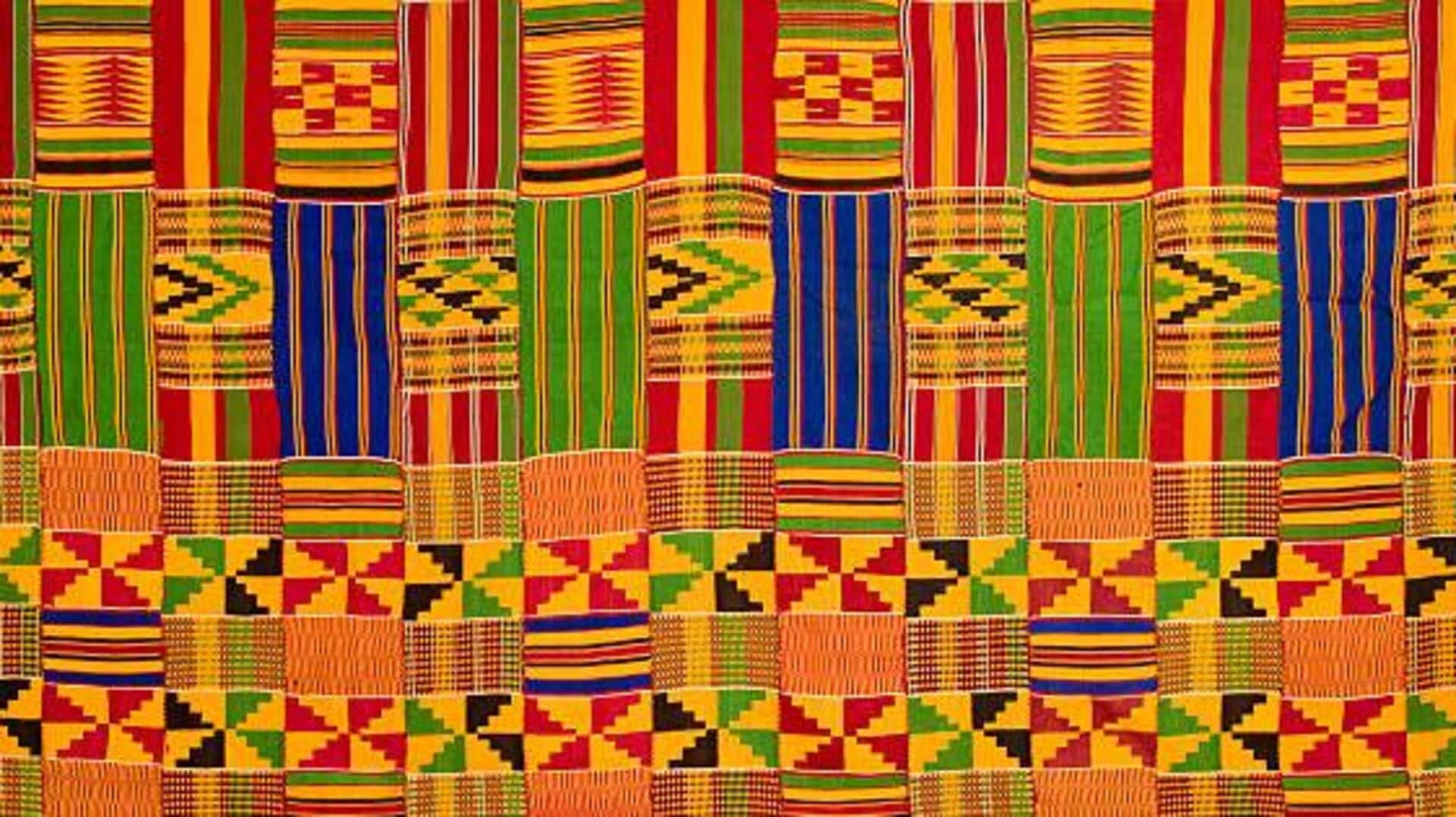
All about African textiles
What's the story
African textile patterns are a colorful and important aspect of the continent's culture. These textiles, famous for their bright colors and detailed designs, narrate stories of tradition, identity, and history. Every pattern is specific to its region or tribe, representing the various cultures across the African continent. The craftsmanship behind these textiles is not just a mark of creativity but also a vital source of income for many communities.
Kente cloth
The rich history behind Kente cloth
Kente cloth comes from Ghana and is one of the most famous African textiles. Traditionally woven by the Ashanti people, it comes in bright colors and geometric patterns. Each color has its own meaning, for instance, gold stands for status and wealth, while green symbolizes renewal. Once reserved for royals, the kente cloth has gained worldwide popularity as a symbol of African pride.
Adire techniques
Adire: The art of indigo dyeing
Adire is a traditional Nigerian textile, which is made by using resist-dyeing techniques with indigo dye. This involves tying or stitching fabric before dyeing it to create intricate patterns. Adire has been used by Yoruba women for centuries as both clothing and currency in trade markets. Today, adire continues to be celebrated for its beauty and craftsmanship.
Mud cloth
Bogolan: Mud cloth from Mali
Bogolan or mud cloth comes from Mali, where artisans paint fermented mud onto cotton fabric to create eye-catching designs. The ancient technique uses symbols to tell stories about social status or historical events in communities. Bogolan continues to be an important part of Malian culture today because of its symbolism.
Shweshwe patterns
Shweshwe: South Africa's iconic fabric
Shweshwe fabric has become synonymous with South African fashion, owing to its unique prints of tiny geometric shapes in colors like blue or brown hues on a white background. Imported by German settlers during the colonial period, it is now produced locally. Popularly worn across Southern Africa, mainly during celebrations like weddings, funerals etc., it displays cultural identity through clothing choices of people and families.